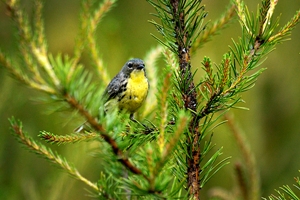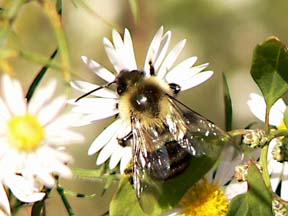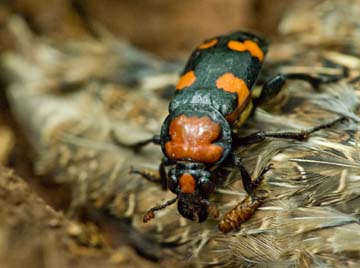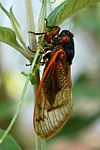 This year, researchers and volunteers in Michigan observed 2,063 singing Kirtland’s warbler males, up from 1,805 last year and the biggest single-year increase in the birds since 2007, the Michigan Department of Natural Resources reports.
This year, researchers and volunteers in Michigan observed 2,063 singing Kirtland’s warbler males, up from 1,805 last year and the biggest single-year increase in the birds since 2007, the Michigan Department of Natural Resources reports.
These are the highest numbers ever for Kirtland’s warbler, a federally endangered bird, the release states. The warbler is endangered by habitat loss. It nests only in young jack pines, a habitat that only naturally occurs after periodic wild fires. Today the habitat is created through both prescribed burns and timber harvests with seeding. The birds range has expanded from Michigan’s lower peninsula, to its upper peninsula and into Wisconsin and Canada.
“We are witnessing a conservation success story,” said Michigan DNR endangered species coordinator Dan Kennedy in the release.
Read the Michigan DNR press release here.
Read more info on the species from the US Fish and Wildlife Service here.
In other songbird news:
While bark beetle outbreaks have been bad news for many throughout the West, they have been good news for mountain chickadees, at least at a local level for short periods around the time of the outbreak, says an article in the journal Ibis.
Because the birds are secondary cavity nesters, the study notes, the number of mountain chickadees in a location in a particular year ties most closely to the number of downy woodpeckers and red-breasted nuthatches the previous year.
You’ll need to pay or subscribe to read the whole paper. Find it here.
Photo: Kirtland’s warbler, courtesy Michigan Department of Natural Resources

 A mild winter means more bumblebees in Utah, a researcher says. Particularly, one rare species that previously only had 129 bees has been seen by the dozens in one Utah city alone. This news is hopeful because, generally, bumblebees have been in decline nationwide.
A mild winter means more bumblebees in Utah, a researcher says. Particularly, one rare species that previously only had 129 bees has been seen by the dozens in one Utah city alone. This news is hopeful because, generally, bumblebees have been in decline nationwide. Maine and Minnesota both have citizen science butterfly projects.
Maine and Minnesota both have citizen science butterfly projects.
 “The last documented American burying beetle in Missouri was collected from Newton County (southwest Missouri) in the mid-1970s,” says
“The last documented American burying beetle in Missouri was collected from Newton County (southwest Missouri) in the mid-1970s,” says 
